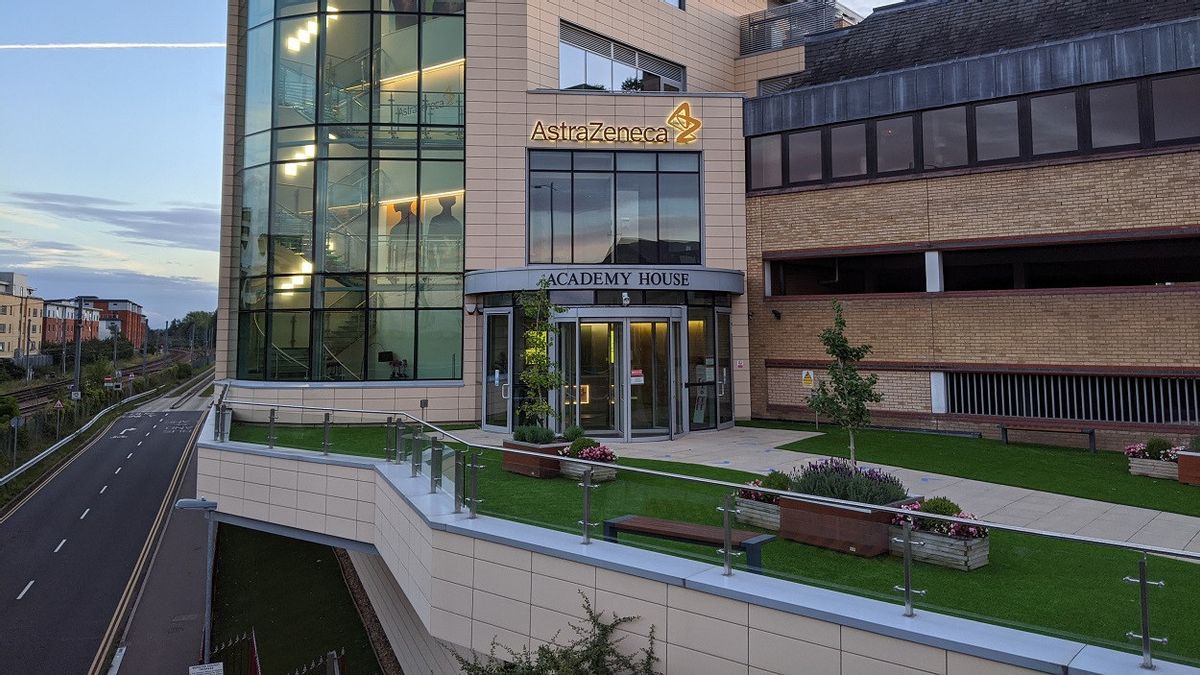JAKARTA - Britain's Prince Charles officially opened AstraZeneca's new £1 billion research and development facility in Cambridge, eastern England, on Tuesday, as the company looks to increase production.
AstraZeneca has supplied two billion doses of the COVID-19 vaccine, which was developed at the University of Oxford, and is also looking to bring a cocktail of preventive antibodies against COVID-19 to market.
Prince Charles, Queen Elizabeth's son and heir to the throne, has seen exhibitions about the pandemic to demonstrations of how augmented reality headsets can help with laboratory work.
"The last two years have been one of the most difficult generations," Prince Charles said in his inaugural address.
"But if we can actually scale up the much-needed sustainable action, we can create a greener and healthier future for people, nature and our only planet."
Meanwhile, AstraZeneca CEO Pascal Soriot said the center would "give power to the next stage of the growth of the company he leads.
Plans for AstraZeneca's new headquarters and a large research and development campus in Cambridge were unveiled in 2013, but costs and timeframes have exceeded the initial estimate of £330 million and a targeted completion date of 2016.
AstraZeneca, which has a large portfolio of treatments for diseases such as cancer, heart disease and diabetes, said the center will support research into specialty drugs and next-generation therapies, including gene editing and cell therapy.
"We will have advances that can come to the clinic in the next three, four years, which can produce new drugs that are very effective in many aspects of cancer treatment," said Dr. Susan Galbraith, AstraZeneca's executive vice president, Oncology Research & Development, told Reuters in an interview.
"I am very optimistic about the fact that we can make a huge difference to this disease in the coming decades."
With the large budget spent on this new research and development center, around 2,200 scientists can work in it, complete with 16 laboratories. This makes it the largest science laboratory in the UK along with the Francis Crick Institute in London, and the pharmaceutical company's largest single site investment to date.
To note, designed by Swiss architects Herzog & de Meuron, the Discovery Center (Disc) covers an area the size of eight football fields, and is part of the largest biomedical cluster in Europe.
The English, Chinese, Japanese, Arabic, and French versions are automatically generated by the AI. So there may still be inaccuracies in translating, please always see Indonesian as our main language. (system supported by DigitalSiber.id)













